I’d like to dedicate this blog entry to my Grandad, Jim O’Connor. He is a proud member of the Burma Star and was a member of the British Navy during the Burma and South East Asia campaign during WWII.
Deep inside the maze of bustling streets and towering apartment blocks there lies a place. A quiet place, tucked almost invisibly away from the deafening sounds of the trucks and the honking traffic which engulf it. You could live in this city for months, years even, and never stumble upon this hidden haven of peace and tranquility. The area of which I write is a notably rare find in Chittagong. This is a city of millions of people and rapid development, and as such any open land is quickly consumed by hungry construction companies.
However, there is one unique plot that’s off the menu. Modest, yet highly significant, this site is bordered by neat hedgerows, and sheltered from the surrounding chaos by trees on all sides. Upon entering the imposing iron gate, visitors’ ears are treated to two incredibly rare sounds, seldom audible in this city. Silence, broken only by occasional birdsong.
The silence is fitting, as this place is reserved for quiet contemplation and thoughtful appreciation of a time of absolute sacrifice long since passed. Underneath the lush, green lawn, lie the bodies of 755 fallen military personnel. All victims of the Second World War. The headstones bear a range of religious symbols, and the names engraved in them represent a number of diverse nationalities from Canadians to Nigerians, Indians to Australians, and Brits to Nepalese Ghurkhas. One headstone reads;
GUL RAHMAN – BHOPAL GOHAR-I-TAJ OWN – INFANTRY – 4TH MARCH 1945 – AGE 16.
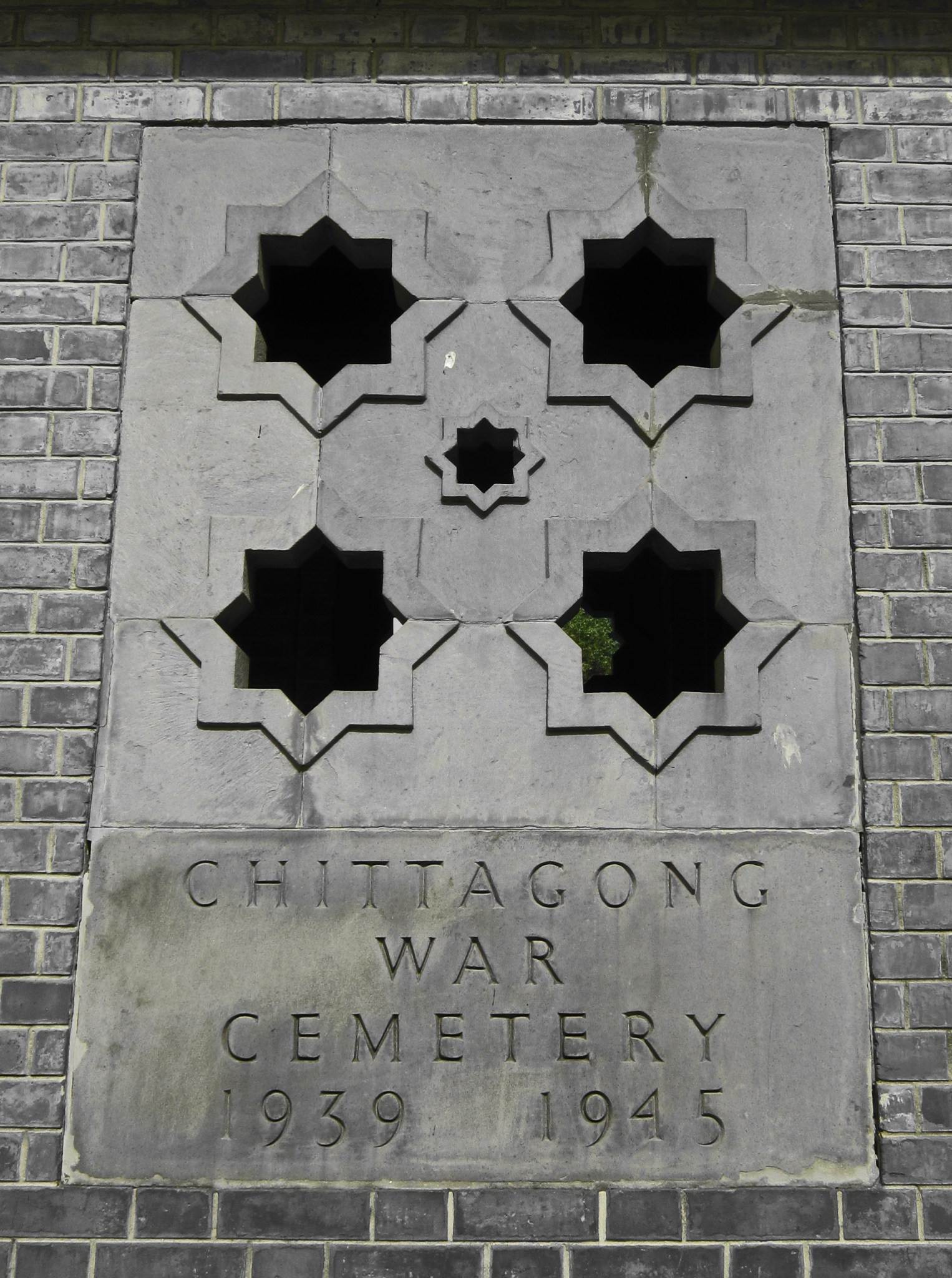
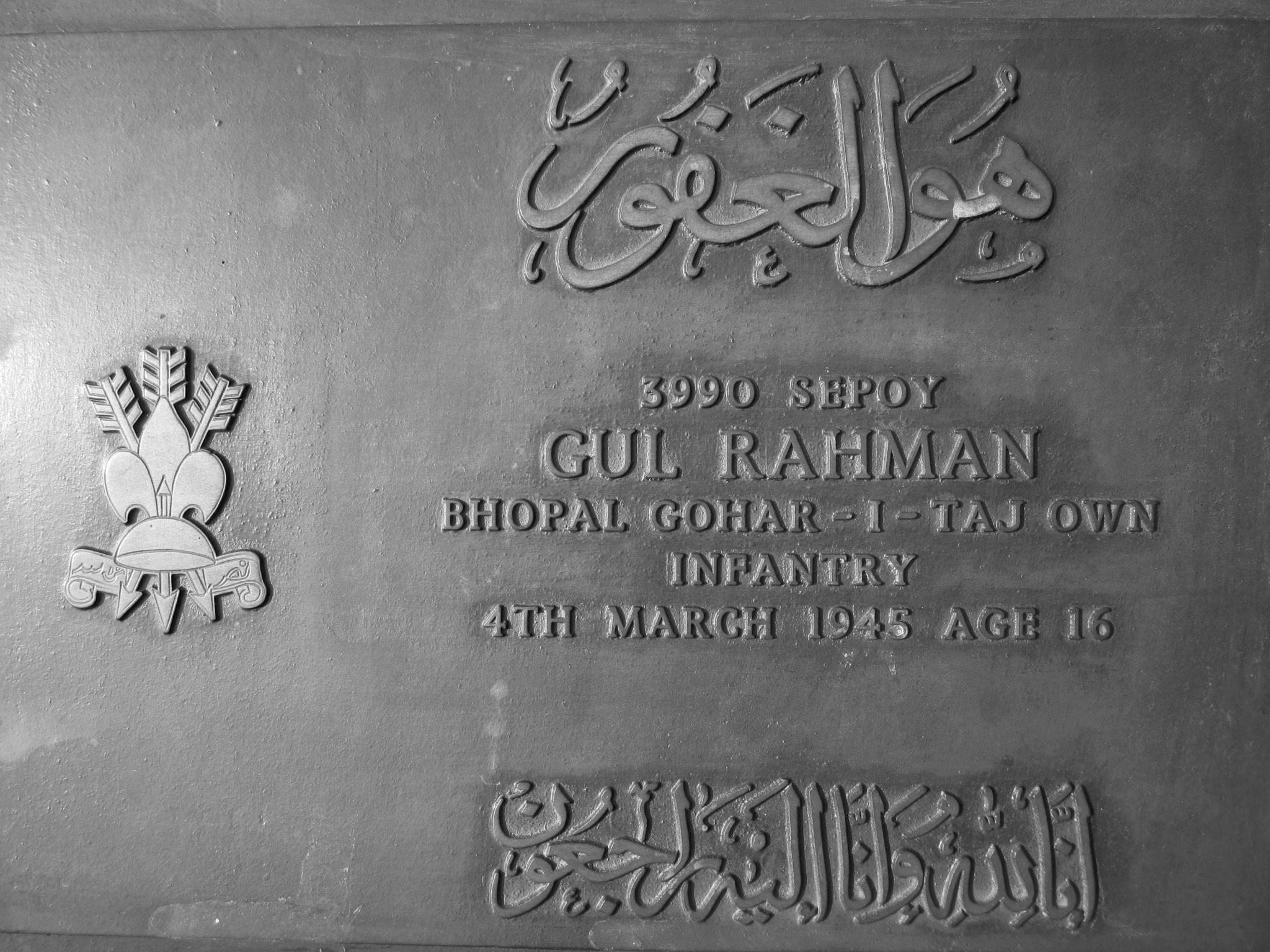
The men buried here were all victims of a fierce campaign to counter the Japanese invasion of South East Asia, which lasted from 1941–1945. At a time when Allied forces were severely preoccupied by Hitler’s expanding campaign in Europe, Japan recognized the opportunity to gain control in the region of South and South East Asia. Having already taken Hong Kong, Singapore, Malaysia, and the Philippines, by 1941 the Japanese army moved into Burma and were advancing on North East India, which now refers to parts of Bangladesh.
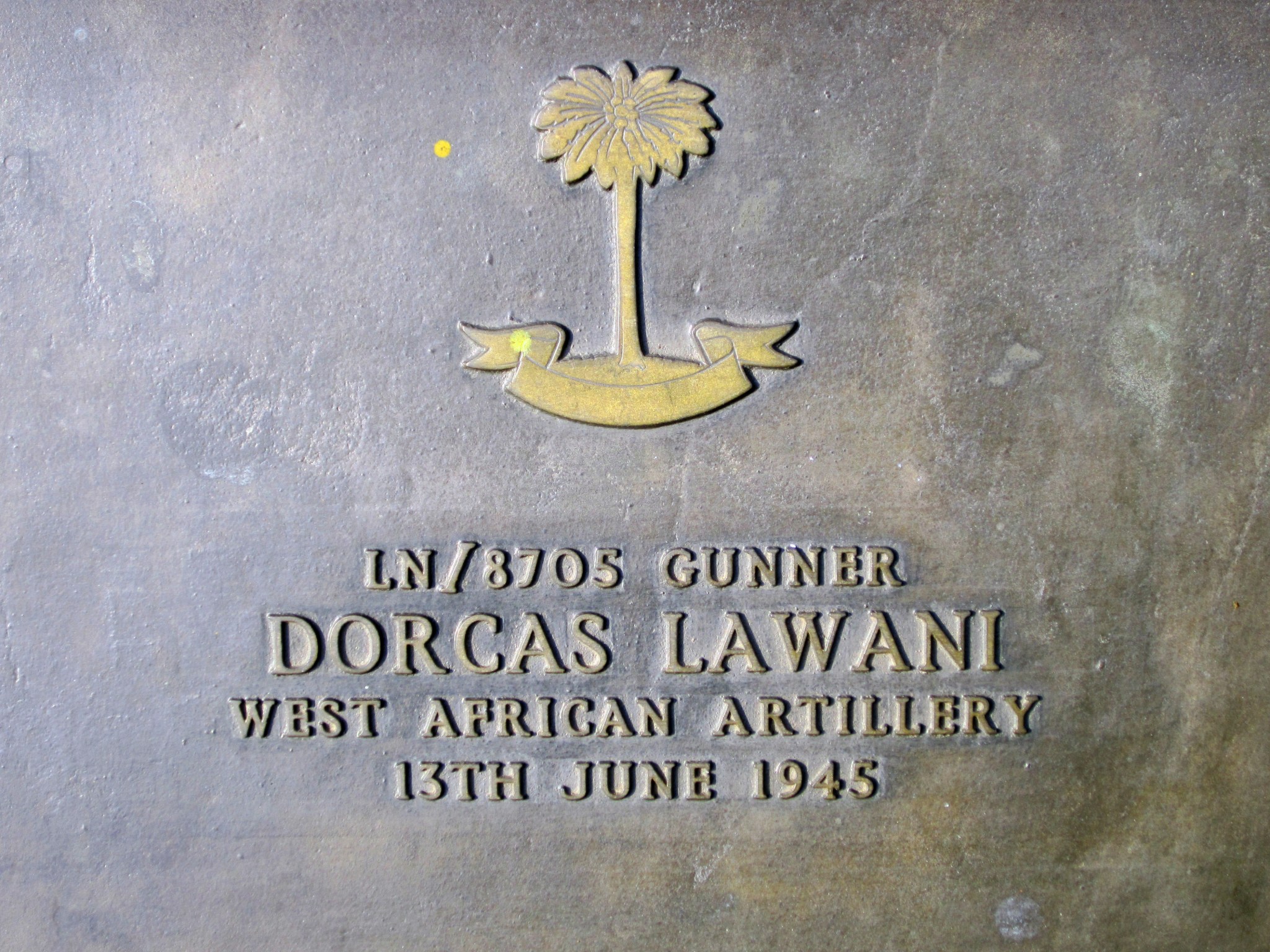
A prolonged and arduous campaign ensued. Gradually though the Allied Forces imposed themselves in the region, and a Japanese retreat eventually led to full surrender in August 1945. However, not before thousands of lives had been lost on both sides. Many troops were killed directly in combat, but the ravages of disease brought about by the incredibly harsh conditions of the jungles of Burma also claimed a significant number of combatants.
Shortly before I left for Bangladesh in March 2011, I remember my Grandad vividly recalling the intense, suffocating heat he and his comrades faced on the ships docked in the Bay of Bengal. Spared not a moment’s peace from the ravenous mosquitoes, their skin was forever blighted by the discomfort of bites and prickly heat. He never actually set foot in Chittagong itself, but spent a lot of time staring in its direction from afar. It was a poignant moment as I wandered around the graveyard reading the names of men who, unlike my Grandad, never made it home again from this region.
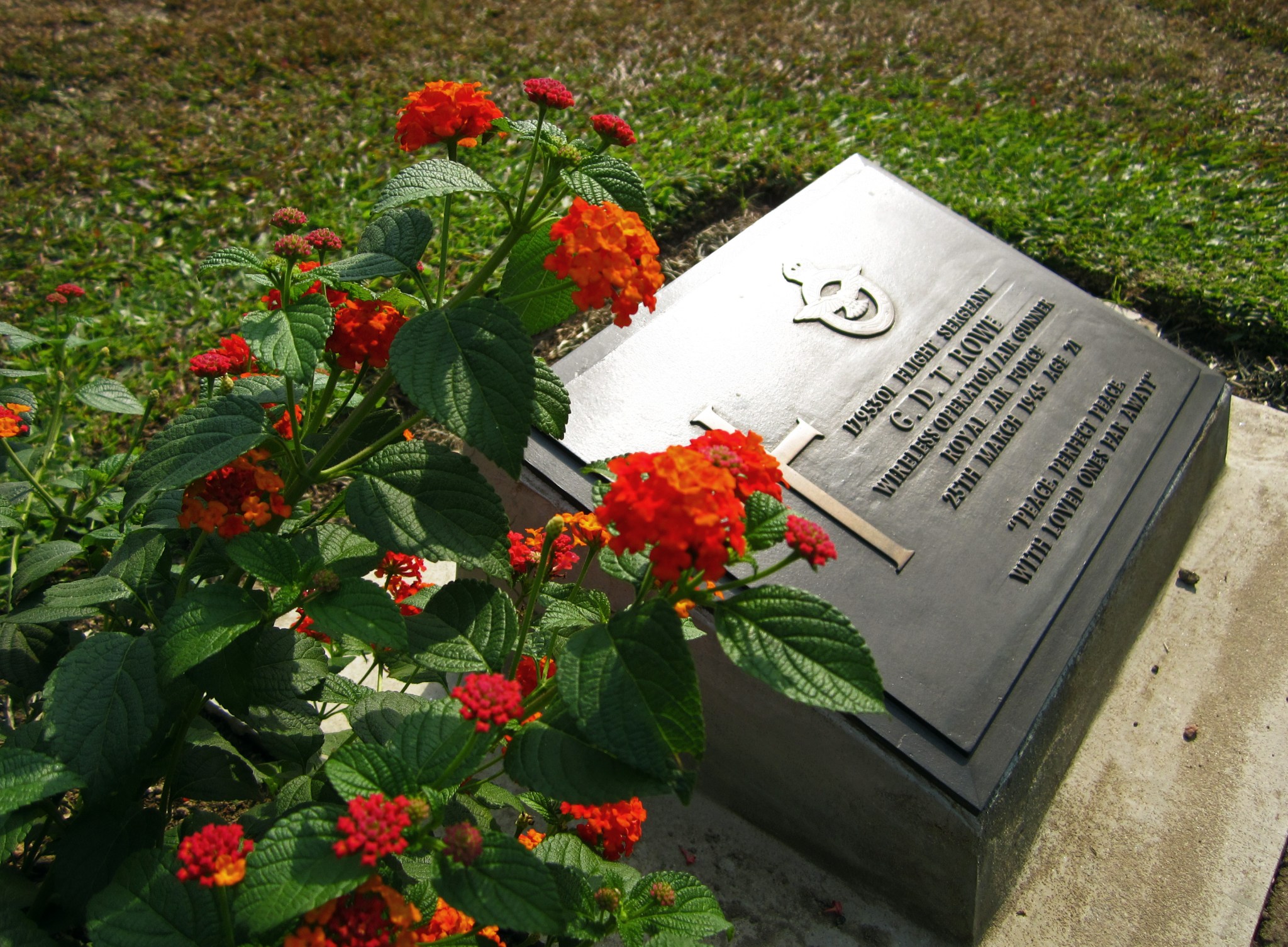
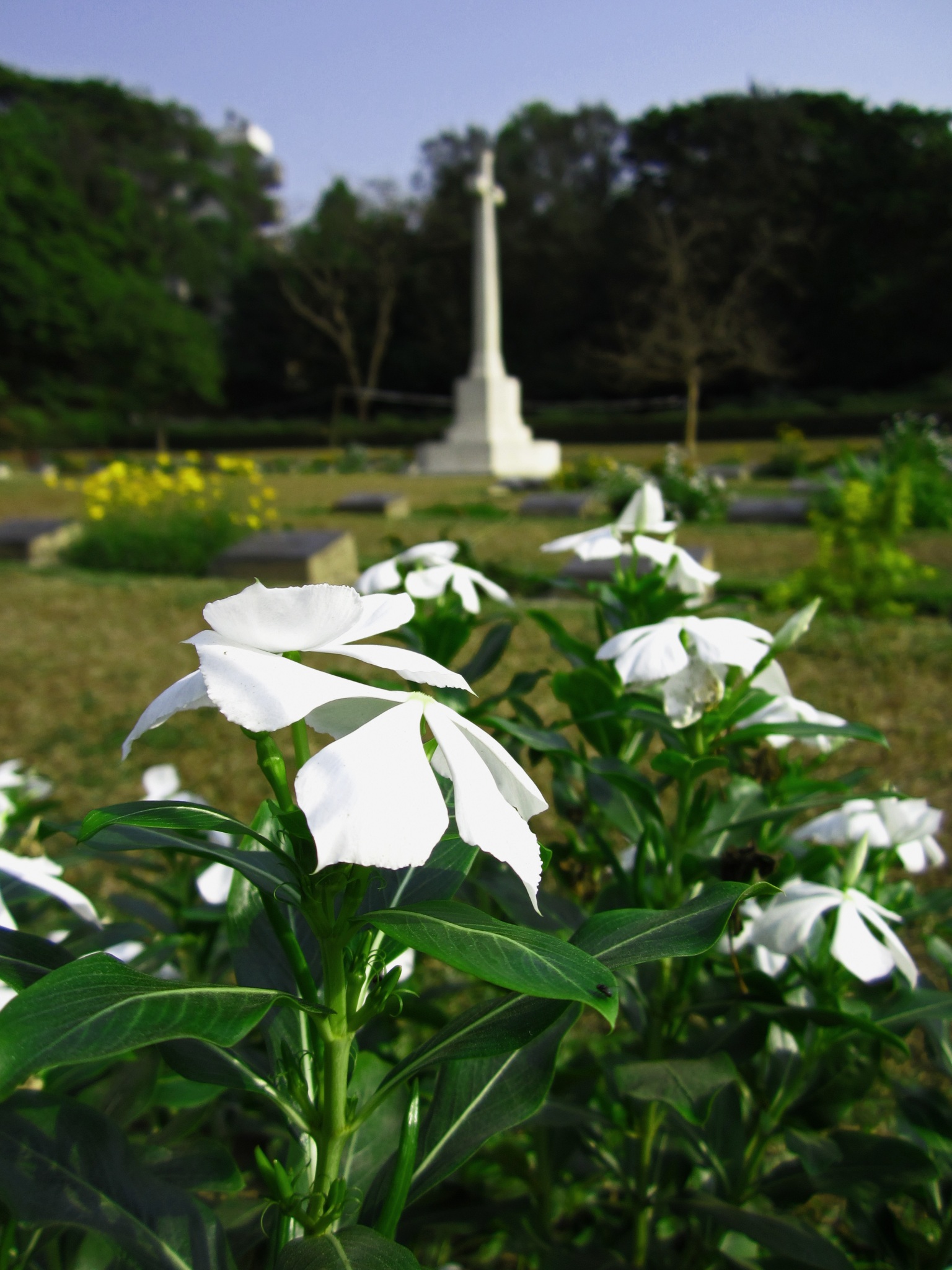
The graves are tended to by a team of local gardeners who keep the grass trimmed and watered, and the plants strong and healthy. Not a particularly straightforward task as the unrelenting heat of the Bangladesh sun beats down, and the rains disappear during the dry season. However, they make the best of it and succeed in keeping the site in pristine condition and a genuinely peaceful and reflective place to be. Quite an achievement. One that would likely impress most residents of this vibrant, yet often claustrophobic maze of concrete we call Chittagong.
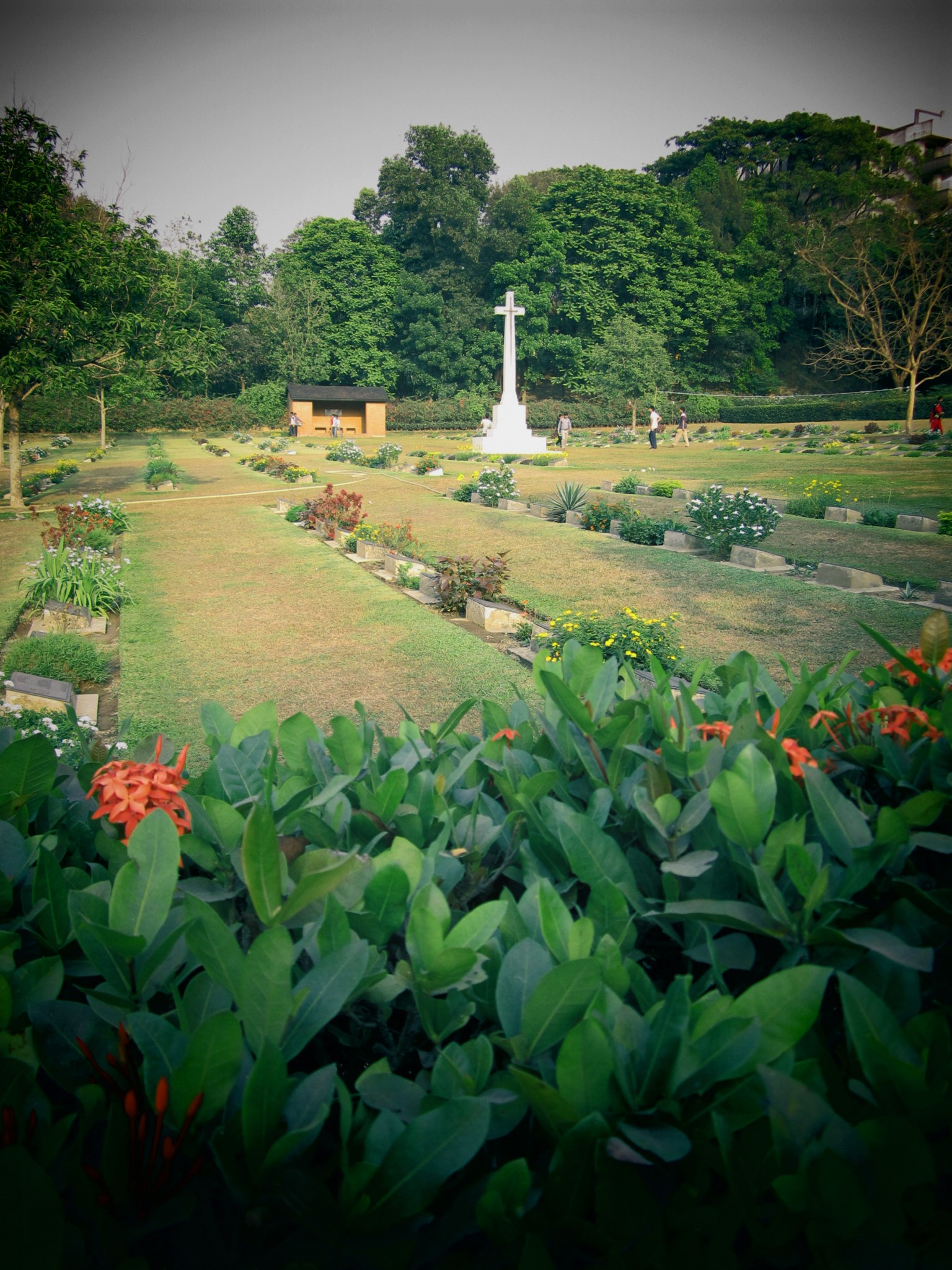
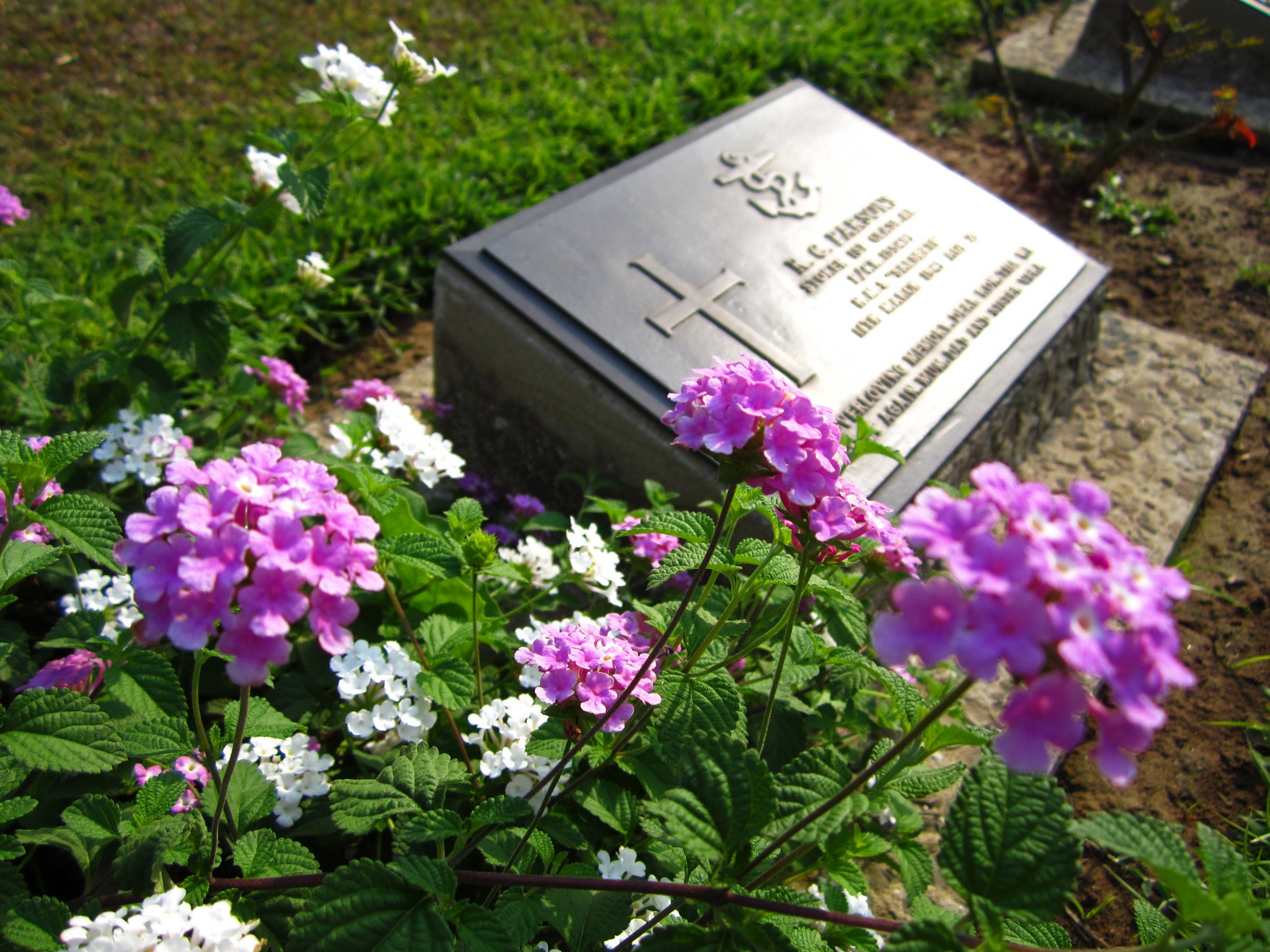
A brief biography of each fallen soldier is available to view. I decided to read about some of the men buried in the British section of the cemetery. I don’t know if it was pure coincidence, or perfect fate, but the very first name I decided to inspect closely was one W.C Smith. Flight Sergeant William Charles Smith, a pilot in the Royal Air Force 99th Squadron, was killed on the 8th October 1943, aged just 21. Son of Tom and Dorothy Smith, his headstone reads,
“Memories will always keep him near, the one we loved and still hold dear.”
I really couldn’t believe my eyes though when I went on to discover that this fallen pilot was from my home town of Torquay, Devon. It was an almost eerie feeling as I stood there gazing at his headstone. It seemed incredibly fitting that this chance discovery had allowed me to pay my respects to someone from my hometown. A person who had made the ultimate sacrifice all those years ago and allowed me the freedom to come to this region all these years later.
We’d both made the journey from Torquay to South Asia, but for very different reasons, and in deeply contrasting circumstances. It compelled me to wonder if any of W.C Smith’s family had ever had the chance to pay their own respects at the final resting place of their loved one.
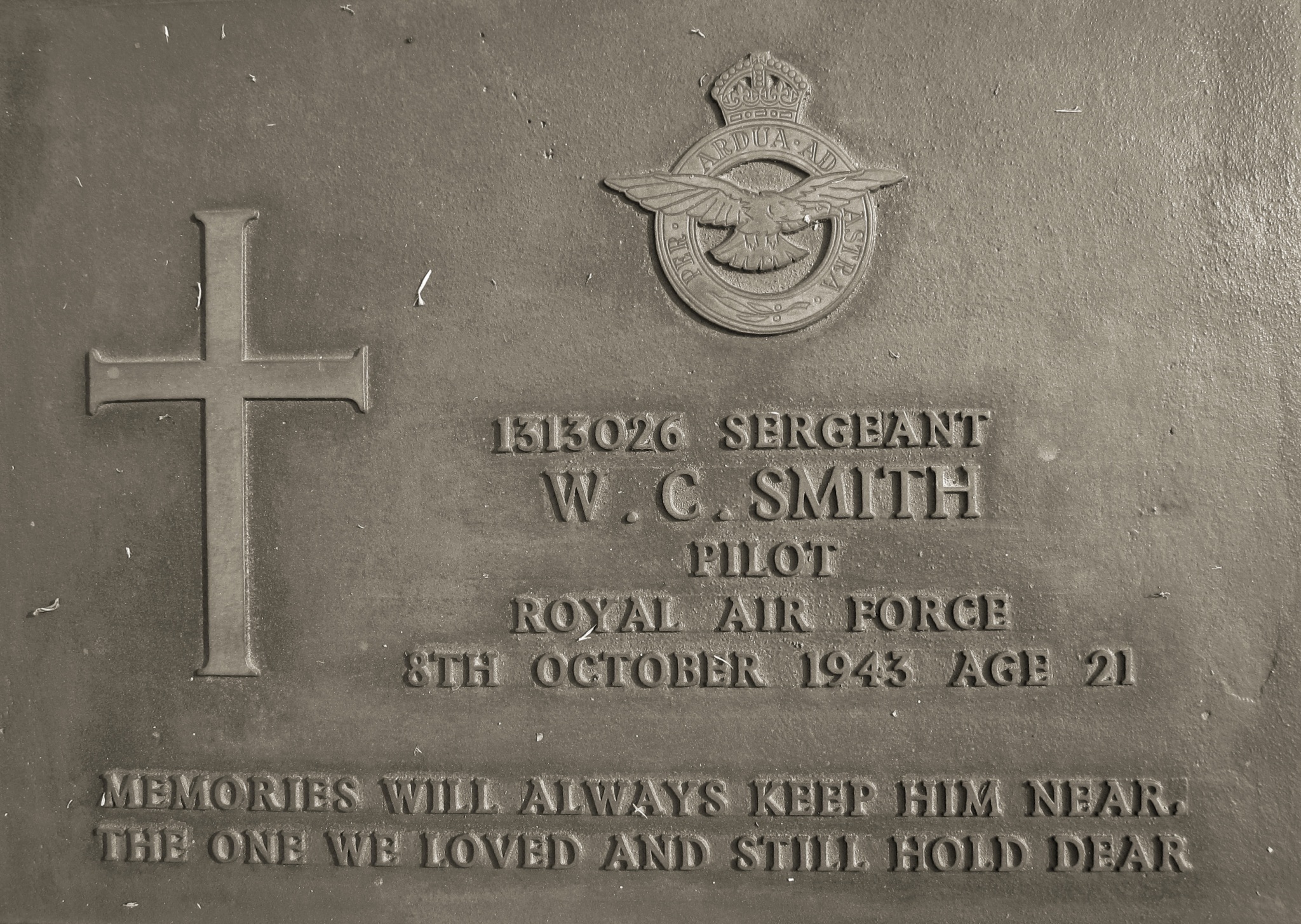
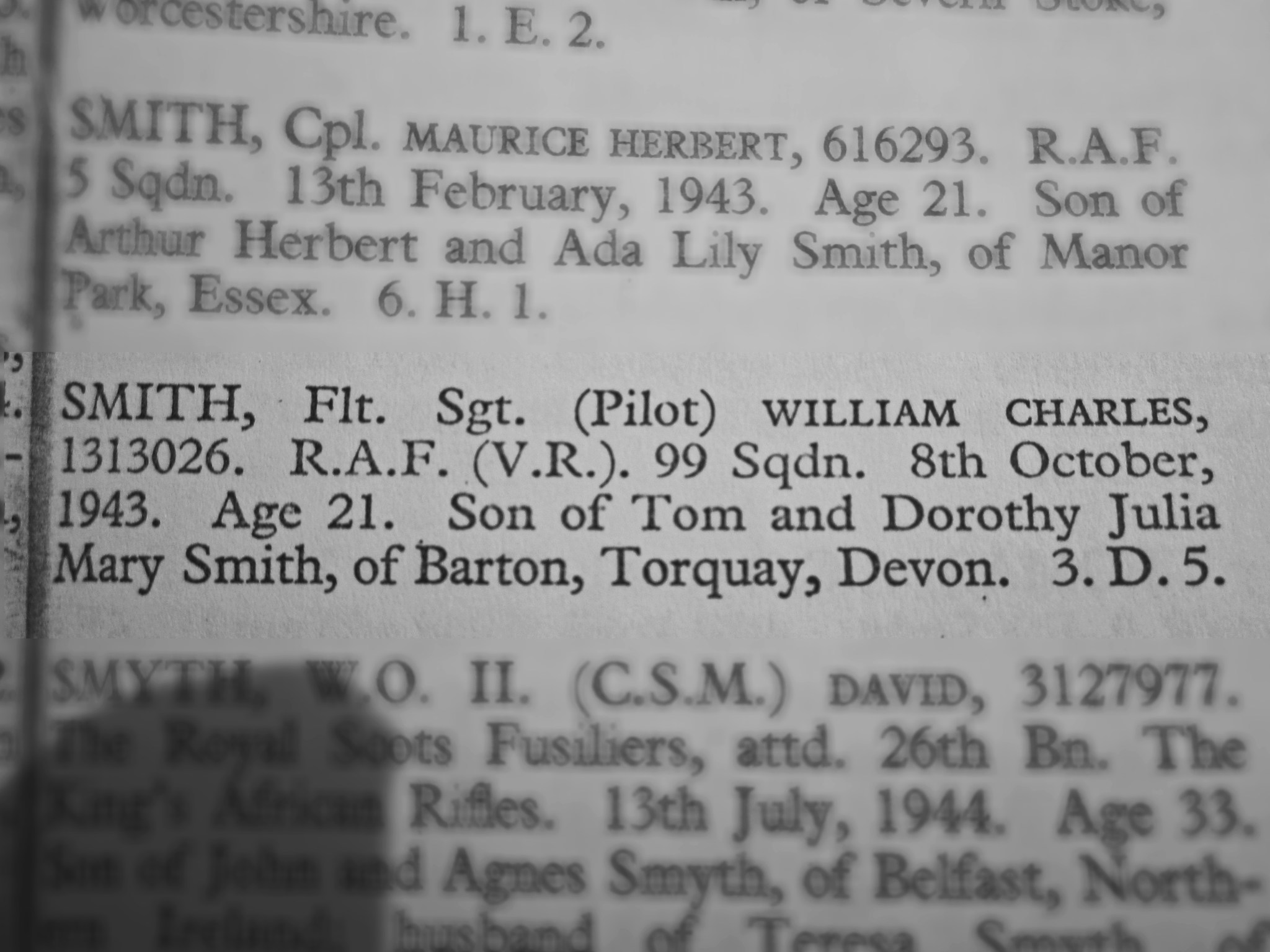
As I left the cemetery that day, my mind was full of thoughts for those men whose names are inscribed in the headstones so neatly arranged, and presented in this small corner of Chittagong. They no doubt had little idea of just how or what they would find upon leaving their homes and setting out on a journey to fight in a war that would eventually claim their lives. Some may have originated from Toronto or Lagos, from Kathmandu or Calcutta, from Sydney or Sunderland.
Yet now, here they all are. Buried in a tiny, concealed plot of land in the depths of a city that has no doubt changed dramatically since the day it became their permanent resting place. It was a sobering thought, and as I departed through the iron gates, and as the honking of the traffic hit me once again, I knew I’d have to return.
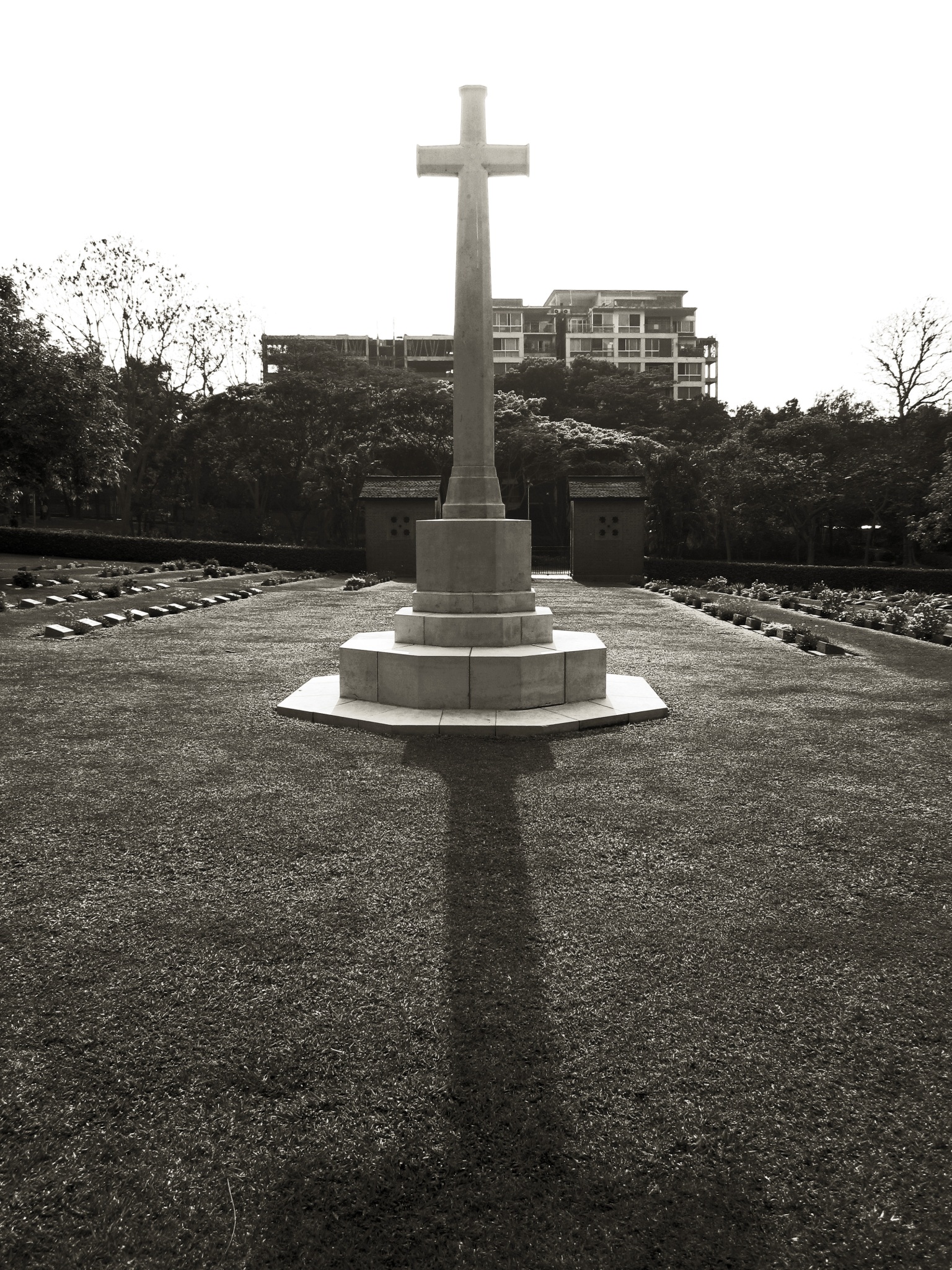
All images © John Stanlake
Wow, Jhon Stanlake, the visit to the War Cemetery Chittagong must have given you the feeling of sacrifice. They have sacrificed Their TODAY & Tomorrow, for our peaceful and safe Yesterday and TODAY. Nice blend of words. Good writing, It took me in the battlefield of Burma campaign — There is another War Cemetery in Comilla. I hope – you may visit it too.
All the best wishes to you.
Ezaz
Best blog yet John and Grandad will be proud to read this one !
I reckon The Herald Express would be interested in this one, bearing in mind the Torquay link ?
From Dad.
Well John, You are becoming some writer. Once you have finished exporing you really should consider writing a book of your exploits. It will make brilliant reading not only today for your family and friends, but also in the future, when your children and grandchildren look back. Look forward to seeing you soon. Mudgey.
Enjoyed your Blog as I have with others.
Pauline’s dad was in Burma during W.W.11,so always interested in any news.As with many ex servicemen he conveyed little information on his time there.
Many young men must envy your experiences and your willingness to share with others.
Well done John.
Like Mudgey,hope to see you soon.
For some reason I have only read this article for the first time now. However, better late than never and this one was certainly worth waiting for.
This writing here is excellent, you manage to move from a global perspective to a personal perspective very elegantly. It is fascinating that you are experiencing the same part of the World, all be it in totally different circumstances, as your grandfather and of course Sergeant WC Smith. As your father wrote in his post, I am sure a local newspaper would be interested in printing this. Did you ever pursue that?
You really write very well and should continue with it!
Pingback: A Quiet Place: An Update |